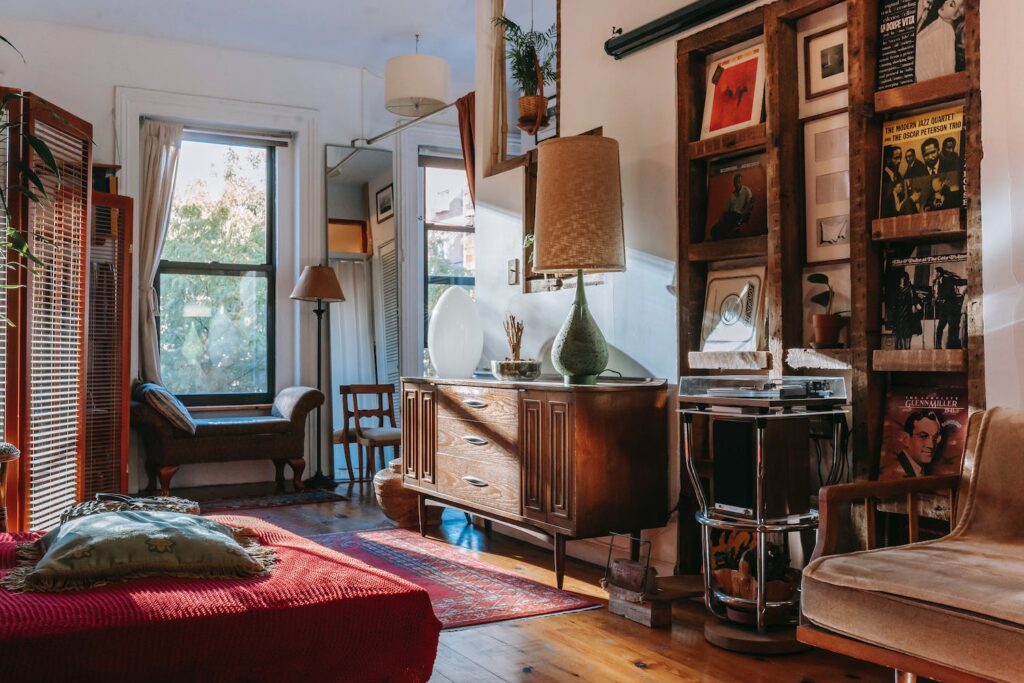
Whether you’re creating a fire protection plan for your home or office, fire dampers play a significant role in ensuring your building’s safety and security. Although they’re more common in industrial settings, residential fire damper installation can make a major impact on your home’s ability to protect you from fire damage, increase the amount of time you have to evacuate, and reduce the amount of property damage your home may experience in the event of a fire. Read on for more about:
- Understanding residential fire dampers
- Residential fire damper requirements
- Smoke dampers
- Passive vs. active fire protection
Understanding Residential Fire Dampers
Unless you have experience in the construction or heating, ventilation, and air conditioning (HVAC) business, you may not understand what a damper is or how it works. According to the experts at Lloyd Industries, a fire damper is a piece of HVAC equipment that controls the spread of heat and flames through air ducts in the event of a fire.
How Do Fire Dampers Work?
Picture a bedroom in your home. Aside from the door, what are the other ways a fire could spread from one room to another without burning through a wall? If you thought of your HVAC ductwork, you’re right! Heating and air conditioning ducts spread throughout your home to deliver fresh hot or cold air to each space, keeping you comfortable all year long. These ducts appear in each room, and although they are fantastic for keeping your home temperature controlled, they’re also a threat in the event of a fire. That’s where residential dampers come into play.
Fire dampers help maintain the structural integrity of fire-rated products such as walls or floors. If the ductwork is compromised, the damper remains in place within the structure to prevent further damage. In industrial applications, contractors may install dampers between building floors, offices, or wings of a building, depending on its size. A residential damper is a bit more unique because the building where a contractor installs it is typically smaller. Many people choose to install a residential damper between their garage and the remainder of their home and between different rooms in larger homes.
The residential fire damper products from Lloyd Industries contain heat-activated fusible links that melt when exposed to a high temperature. When the link melts, the blades of the fire damper close, preventing the fire from spreading. Dampers can also reduce the amount of oxygen available to the fire, containing it until firefighters arrive.
Residential Fire Damper Requirements
Unlike industrial buildings such as hospitals, restaurants, or office buildings, homes are typically exempt from residential fire damper requirements. However, one major exception would be multi-unit housing, such as a dorm or apartment building. A single source may control the heating and air conditioning in dormitories rather than providing controls in individual rooms. It’s essential to ensure that the HVAC ductwork utilizes a residential damper at each fire rated barrier to prevent the spread of flames in an emergency. When you pair a residential damper with a fire-rated wall, this doubles the fire protection system’s effectiveness because it adds another layer of protection to the building. This protection increases the amount of time that residents have to evacuate safely.
Although single-family dwellings are not usually required to have residential fire dampers, the team at Lloyd Industries advocates for a “better safe than sorry” approach to fire protection. Hindsight is 20-20, and it’s always better to be more prepared than you need to be. It’s important to check with your city and county building inspectors to ensure that you don’t miss any codes that mention residential fire dampers. These codes may be written into the full code or included as an amendment on the local, county, or state level.
Smoke Dampers
In addition to considering a residential fire damper, installing a smoke damper is another way to protect your home from damage. Lloyd Industries advocates for using smoke dampers for various reasons, the most important being safety. Although people typically believe that flames and heat are the most dangerous parts of a fire, smoke is the most significant health threat when it comes to fire exposure. Smoke contains dangerous chemicals and fine particulates that penetrate the lungs, causing significant injury or even death. In fact, smoke inhalation is the leading cause of death from fires.
Like a residential fire damper, smoke dampers work with the HVAC system to keep you safe during a fire. A smoke detection system triggers the smoke damper, closing off the HVAC ductwork, preventing smoke from circulating throughout the home or office building. Preventing the spread of smoke allows people to evacuate more safely, emergency responders to assist in search and rescue efforts more efficiently, and less damage to the home’s structure and elements.
Combination Dampers
Although smoke and residential fire dampers exist separately, Lloyd Industries also manufactures a combination fire/smoke damper that prevents flames and smoke from spreading throughout an HVAC system’s ductwork. Selecting a combination fire/smoke damper can be an excellent choice for those looking to provide the maximum level of protection against smoke and flames.
Types of Fire Protection
There are two types of fire protection products: active and passive. Lloyd Industries specializes in passive fire protection products, including residential fire dampers, smoke dampers, and fire doors. Active fire protection products respond to a fire that’s already in progress with tools such as sprinklers and fire extinguishers. Residential fire dampers fall under the passive fire protection category because they work to prevent damage rather than react once a fire is in progress.




